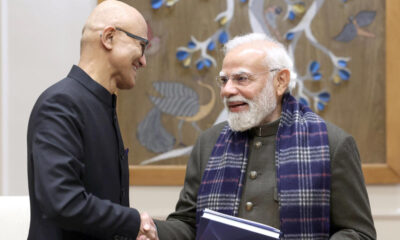Indian and Chinese military commanders are scheduled to meet for their seventh round of talks in Ladakh on October 12 to minimize tension in the field, but the People’s Liberation Army (PLA) shows no indications of disengagement, deploying solar- and gas-heated troops containers and pitching snow camps on ridges to protect its position on the Line of Actual Control (LAC).
The PLA has dug in for the winter, according to government officials with knowledge of the situation, with each container housing about four to six troops, and with new hospital facilities opening up in the deep areas to cater for those struggling with altitude sickness or pulmonary edoema at high altitude.
Although the Indian side claims that several rounds of military and diplomatic negotiation would entail extensive disengagement and de-escalation, PLA commanders have complicated the drawdown by demanding that the Indian Army first disengage from the south coast of Pangong Tso and the ridgeline of Rezang La-Rechin La before the Chinese Army returns as from Finger Four spur on the north bank of Pangong Tso.
Whereas the PLA has repeatedly violated into the Indian perception of the North Bank LAC, the Indian Army, on a southern bank of the Pangong Tso, holds ground on its perception of the LAC.
From their point of view, the Chinese claim India has transgressed their understanding of LAC south of Pangong Tso.
The PLA should first withdraw from the Finger Four spur on the north bank then restore the status quo ante by moving back to Finger Eight, as was the situation in April 2020, Indian military commanders say.
According to them, because the Chinese had first unilaterally modified their North Bank status, they should first withdraw and develop trust.
Provided that the PLA has a road right up to their posts on the LAC when Indian troops withdraw from their current positions on the south bank, they will seize positions on the Rezang La-Rechin La ridge.
Via military manoeuvres on August 29-30, the Indian Army occupied these positions on the south bank by pre-empting expected PLA aggression.
With disengagement locked in a stalemate on both the north and south banks, this has also ground to a stop in the area of Gogra-Hot Springs, north of the lake, and the PLA continues its efforts to block patrols in the area of Depsang Bulge.
This alerted the Indian Army to the potential Chinese attempt to transgress into the LAC’s Indian side before snowfall starts after October 15.
Although the operation of the PLA Air Force in the region is reduced, its troops are deployed in full force in occupying Aksai Chin and in deep areas all of the way up to Lhasa and Chengdu.
With similar troop strength and support structures, the Indian Army and Air Force remain on high alert.
If China is looking for an opportunity from India to withdraw from Ladakh, then another time will have to wait.
In the direction of PLA Commander-in-Chief Xi Jinping, the LAC status was unilaterally changed. “A senior South Block official who really doesn’t want to be identified said,” It is he who has to restore the status quo ante.






































